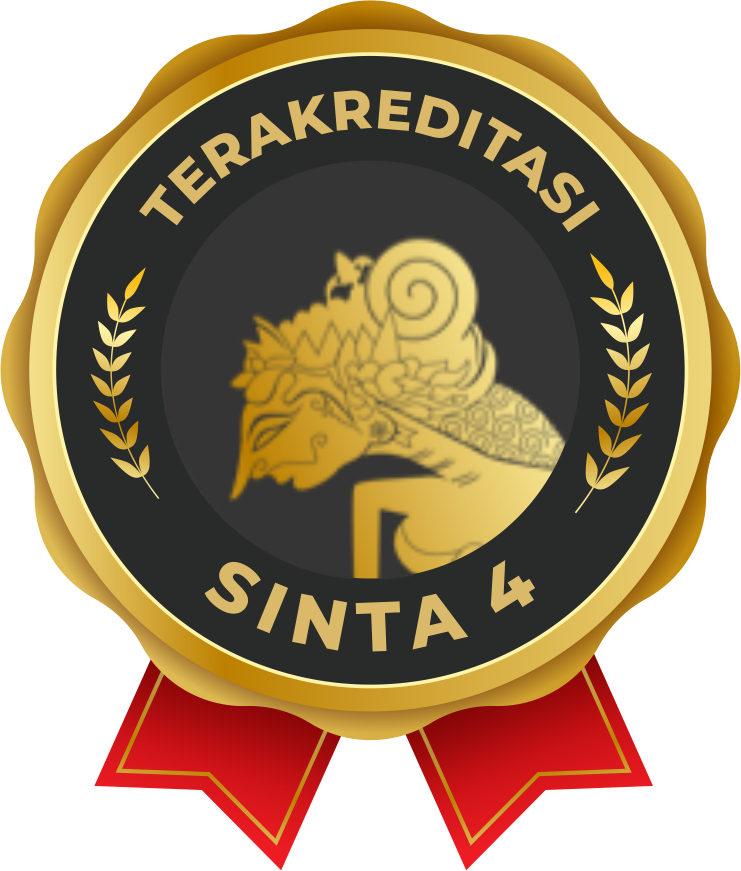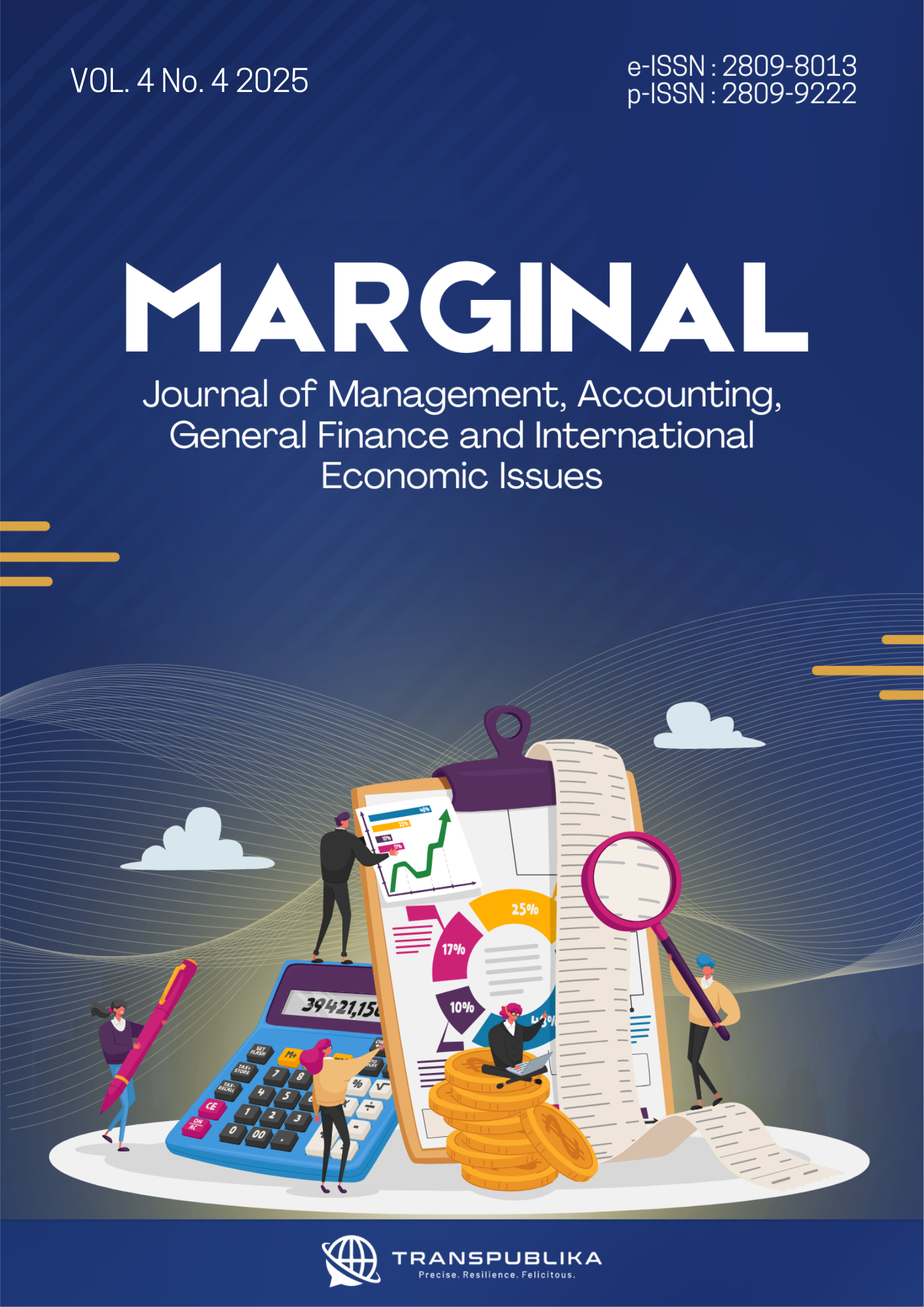Strategies for Preserving Rujak Soto Banyuwangi as a Culinary Cultural Heritage and Local Tourist Attraction
Main Article Content
Achmad Taufiq*
Bawa Mulyono Hadi
This research aims to formulate preservation strategies for Rujak Soto Banyuwangi as a culinary cultural heritage capable of supporting local tourism attraction development. The methodology employed is a descriptive qualitative approach through interview techniques, observation, literature studies, as well as SWOT analysis and Business Model Canvas (BMC). The research findings indicate that Rujak Soto has great potential as a local culinary icon with unique flavors and strong cultural values, but faces challenges including minimal national recognition, lack of documentation, and changing consumer preferences. The proposed preservation strategies include strengthening culinary identity through digital promotion, developing culinary-based tourism villages, business operator training, and integration into tourism packages. The implications of this research emphasize the importance of collaboration between government, business operators, and the younger generation in preserving traditional cuisine as part of strengthening the local economy and cultural diplomacy. The originality of this study lies in integrating financial management dimensions, MSME financing strategies, and sustainable business model innovations in culinary preservation efforts, which have not been extensively explored in previous studies in the context of local Indonesian tourism.
Anoegrajekti, N., Macaryus, S., Izzah, L., Zamroni, M., & Aris Kartika, B. (2020). Banyuwangi Cultural Festival: Revitalization and Commodification of Locality-based Tradition Arts. https://doi.org/10.5220/0008999003590365
Bai, P., & Dinesh, G. P. (2023). Attracting Tourists With Local Food A Case Study On Bellary City. Interantional Journal Of Scientific Research In Engineering And Management, 7(11). https://doi.org/10.55041/ijsrem26780
Bocken, N. M. P., Short, S. W., Rana, P., & Evans, S. (2014). A literature and practice review to develop sustainable business model archetypes. In Journal of Cleaner Production (Vol. 65). https://doi.org/10.1016/j.jclepro.2013.11.039
Burhanuddin, N. H. (2018). Strategi Pemasaran Makanan Khas Tradisional Di Kecamatan Wotu. Journal of Islamic Management and Bussines, 1(2).
Febrian, A. W. (2019). A Study of Culinary Brand Identity in Banyuwangi District with the Gastronomic Tourism Concept. TIJAB (The International Journal of Applied Business), 3(1). https://doi.org/10.20473/tijab.v3.i1.2019.1-12
Ghose, A., & Ali, S. M. A. (2025). Preservation of Culinary Heritage and Cultural Tourism: Analysing the Global Impact of Geographical Indication Protection on Cheese Varieties. In Global Perspectives on Cheese Tourism (pp. 223–240). IGI Global Scientific Publishing.
Hakim, I. N., & Hamidah, S. (2021). Peran Kuliner Tradisionaldalam Mendukung Pemajuan Kebudayaan di Destinasi Pariwisata Prioritas Yogyakarta (The Role of Traditional Culinary in Supporting the Advancement of Culture in Yogyakarta Tourism Priority Destination). Mozaik Hum, 21(2), 193–220.
Inna, M., Hasrianti, Widya Waty Dwi, Kurniati Hamid, Herawati Rustan, Husna Mardiyah, Irmayanti Muchtar, & Trian Fisman Adisaputra. (2024). Analisis Manajemen Risiko Pada UMKM Usaha Parembai Industri Kota Pinrang. Moneta: Jurnal Manajemen & Keuangan Syariah, 2(2), 42–53. https://doi.org/10.35905/moneta.v2i2.9402
Jain, T., Priyadarshi, S., Das, M., & Gupta, A. (2024). Culinary Tourism and its Role in Diversifying Punjab Tourism Offerings.
Latifa, N. F., Maulana, A. H., Nurjanah, F., Sajidah, N. Z., & Supriyono, S. (2024). Globalisasi dan Perubahan Selera: Mengapa Kimbab Menggeser Lemper di Indonesia? Jurnal Pendidikan Tambusai, 8(3).
Mau, D. P., Mau, Y. P., Wibowo, O. H., Kurniansah, R., Artana, I. W. A., & Ariawan, I. W. A. P. (2024). Preservation of Local Culinary Tourism in Improving the Economy of Local Communities in Surabaya. GREENOMIKA, 6(2), 123–134.
Nurwitasari, A., Gaffar, V., Wibowo, L. A., & Sultan, M. A. (2024). Gastronomy Tourism Promotion: The Uniqueness of Culinary Attraction and Storytelling. Society, 12(2), 943–960. https://doi.org/10.33019/society.v12i2.758
Purnama, Y., Rais, S., Ganiem, L. M., & Hanafiah, A. (2023). Digital Marketing Communication Model of Banyuwangi Tourism. Jurnal Komunikasi Profesional, 7(4). https://doi.org/10.25139/jkp.v7i4.6734
Rahman, B., & Pohan, Z. (2024). Mengeksplorasi Strategi Pemasaran Jajanan Tradisional Dalam Menarik Minat Wisatawan Di Desa Wisata Kampung Warna Warni Tigarihit Kabupaten Simalungun. Jurnal Ilmiah Akomodasi Agung, 11(2).
Sadgrove, K. (2016). The complete guide to business risk management. Routledge.
Shodikin, D. F., & Sujatmiko, A. (2020). Trade Secrets As a Means of Protecting the Traditional Food Business. PalArch’s Journal of Archaeology of …, 17(3).
Sugiyono. (2015). Metode penelitian kombinasi (mixed methods). Bandung: Alfabeta.
Wahyuni, S., Hasriadi, Muhsyanur, Hasbi, M., Herianti, & Rahmi, M. (2024). Peningkatan Kompetensi Generasi Muda Dalam Pengolahan Dan Penyajian Kuliner Khas Danau Tempe: Upaya Pelestarian Gastronomi Lokal. Anregurutta : Jurnal Pengabdian Masyarakat, 1(3).
Wijaya, Ong, S. Y., & Prawihatmi, C. Y. (2017). Akses UMKM Kuliner Terhadap Pembiayaan Mikro (Studi di Pasar Semawis Kota Semarang). Jurnal Riset Ekonomi Dan Bisnis, 10(1). https://doi.org/10.26623/jreb.v10i1.708
Yurinda, A. (2017). Identifikasi makanan khas Banyuwangi. Universitas Negeri Malang.
Zen, A. M., & Lestari, S. D. (2022). Dampak Gelombang Ekonomi Baru Bagi Perilaku Usaha Kuliner. Transekonomika: Akuntansi, Bisnis Dan Keuangan, 2(5). https://doi.org/10.55047/transekonomika.v2i5.171




















